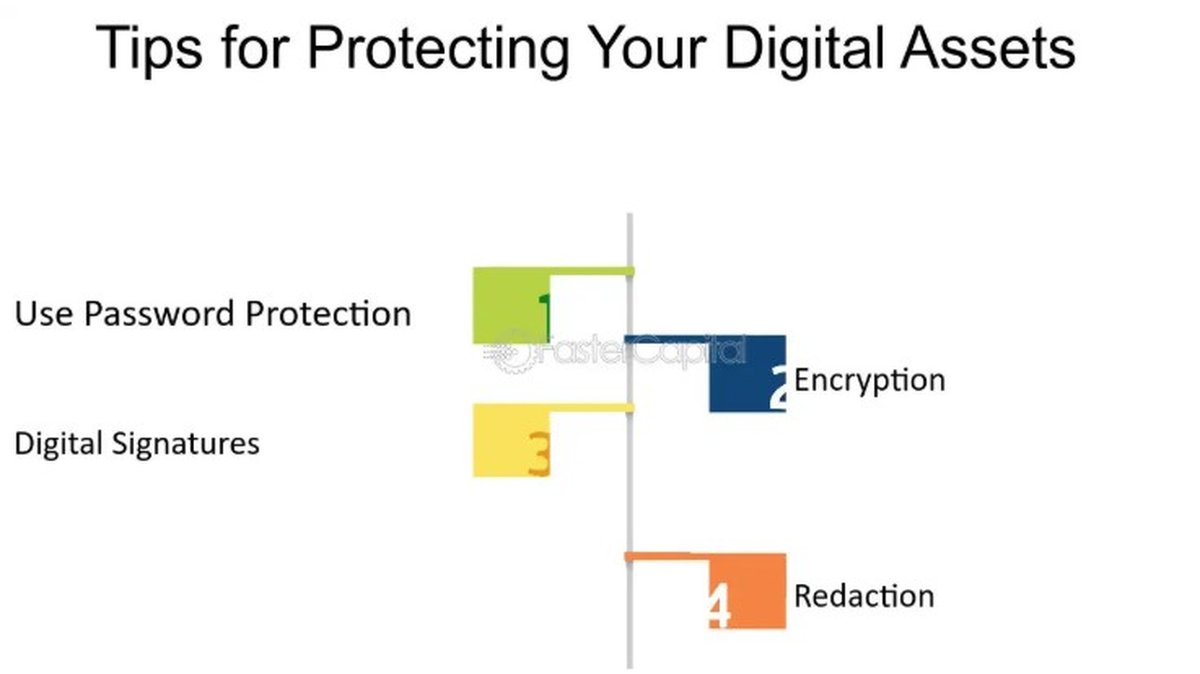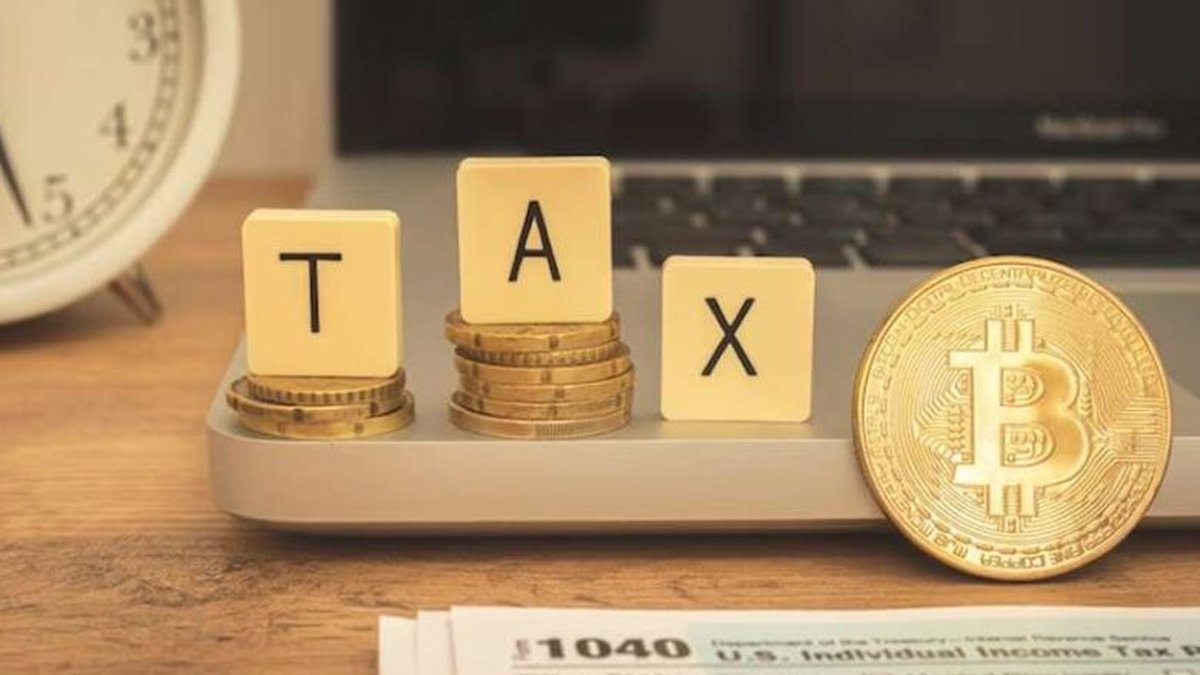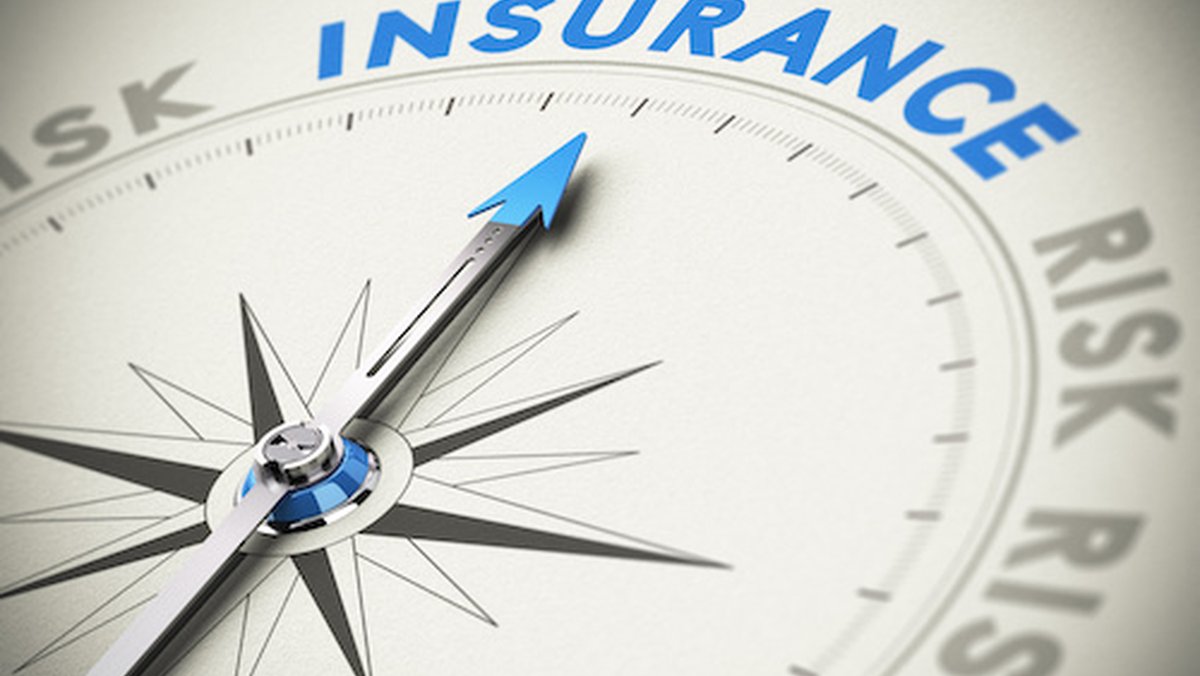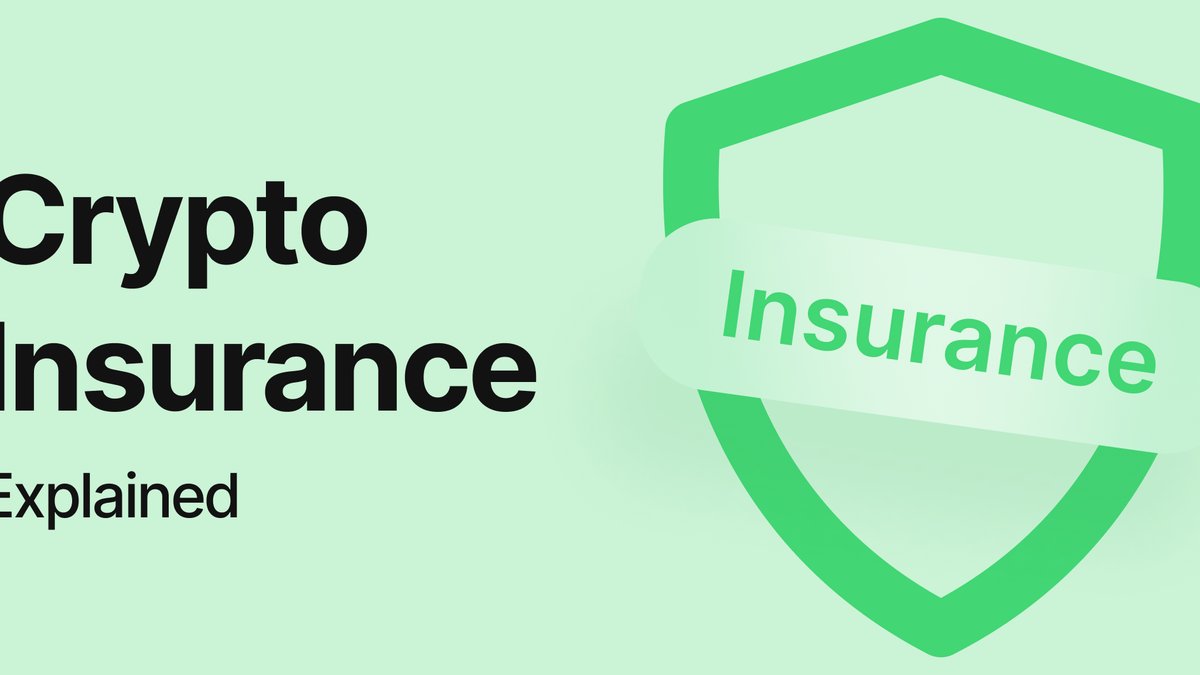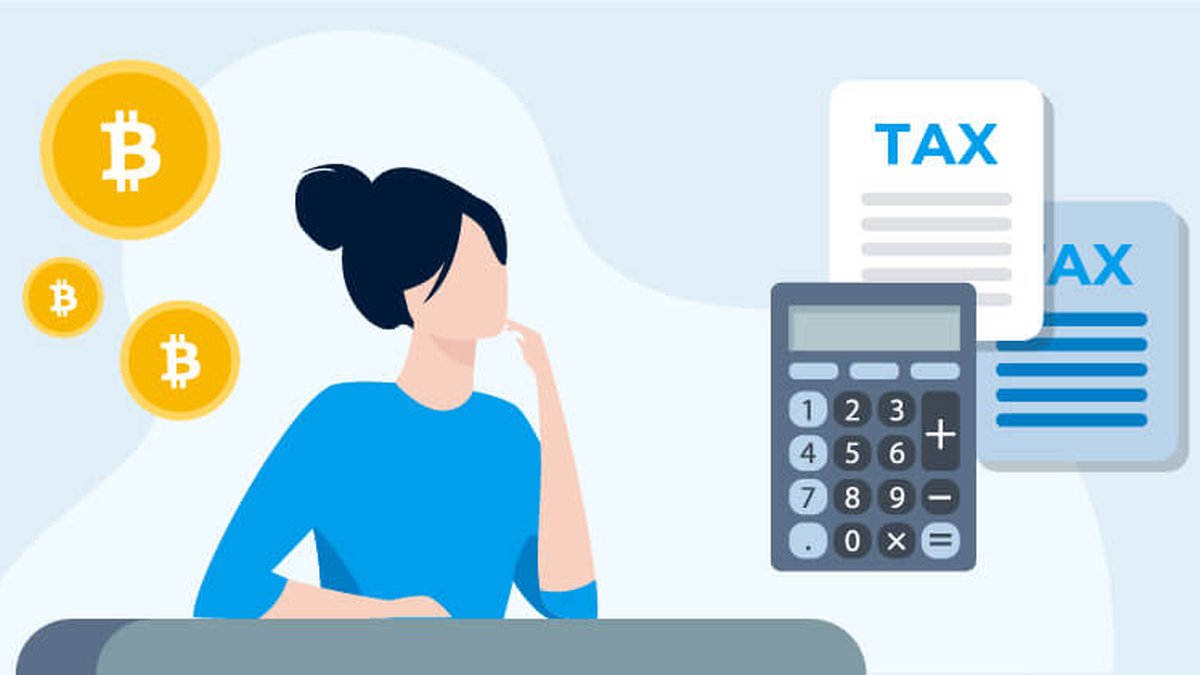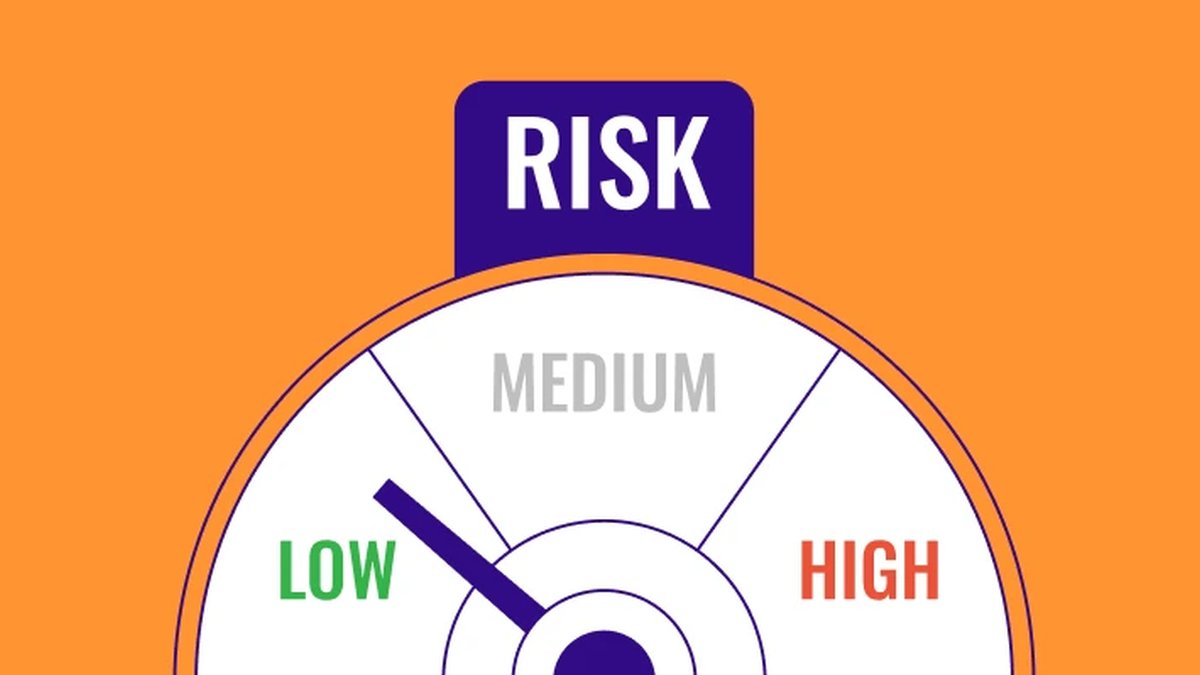Protecting Your Digital Assets: Tips for Individuals
For individual crypto investors, the responsibility of safeguarding assets often falls entirely on their own shoulders. Unlike bank accounts insured by government agencies, cryptocurrencies are self-custodied, meaning that one mistake can result in irreversible loss. From lost keys to phishing attacks, the risks are numerous, but so are the strategies to mitigate them.
Understanding the Risks
Individuals face threats ranging from basic human error to sophisticated cyberattacks. Phishing schemes target users with fake websites, malware seeks to capture seed phrases, and SIM-swapping allows attackers to bypass two-factor authentication. Recognizing these threats is the first step toward defense.
Best Practices for Protection
Use Hardware Wallets
Cold storage through hardware wallets remains the gold standard for security. Devices like Ledger and Trezor keep private keys offline, making them less vulnerable to remote attacks.
Implement Multi-Signature Security
Multi-signature wallets require more than one key to authorize transactions. This setup distributes risk and reduces the likelihood of single-point compromise.
Backup and Recovery Planning
Store recovery phrases in multiple secure locations, preferably offline and encrypted. Avoid digital photos or cloud storage, which can be hacked or leaked.
Insurance for Individuals
While institutional insurance dominates the market, some providers now offer personal wallet protection. Although limited, these services can provide peace of mind for larger holdings.
Staying Vigilant
Education is as important as technology. Regularly update software, verify URLs before entering keys, and be cautious of unsolicited requests. Awareness significantly reduces the chance of falling victim to scams.
The Role of Regulation
As governments explore frameworks for consumer protection, individual investors may gain access to stronger safety nets. Until then, self-protection strategies remain the frontline defense.
Conclusion
Protecting digital assets requires a proactive, layered approach. By combining secure hardware, multi-signature setups, backups, and emerging insurance options, individuals can reduce vulnerabilities. In crypto, personal responsibility is the ultimate security mechanism, but with preparation, the risks become manageable.

